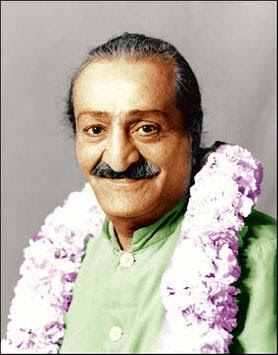Good question.
zengrifter said:
Walter, does your 21st Century BJ system require a significantly smaller BR than counting, in say a 2D game? I would recommend that a proficient counter have 600+ units min for a 2D game spread 1u-2x4u.
Who else swears by Thomason's 21st Century BJ? Tallman? zg
In my book I compared the results of a positive progressive bettor with a $20/30/40/50 spread, a flat bettor betting $20, and a card counter with a $20 to $240 spread. They all played the same 102, 6-deck shoes. They all had the same win/loss/push record at the end of Shoe #102. The only difference in the three players was how much they chose to bet on each hand and their motivation for betting that amount.
Without applying a quit point strategy (quit play after 4 consecutive losses and wait for the start of the next shoe), I looked at how often each type of player could have quit playing at the end of a shoe with some of the casinos money (a net profit for the session), and the maximum bankroll required from each player to survive losing periods.
Results were as follows:
Number of times each type of player could have quit play with some of the casino's money --Flat Bettor= 5, Progressive bettor= 26, Counter Bettor=23.
Maximum bankroll required to survive losing periods -- Flat Bettor=$1,710, Progressive Bettor= $1,425, Counter Bettor -- $3,640.
So, to answer your question, my progressive bettor needed a bankroll of $1,425 in order to stay in the game and finish playing all 102 consecutive shoes of play. At 60 hands played per hour, my guy (girl?) in this 71 hour marathon session would have needed $1,425 in cash in order to stay the course.
By the way, my progressive bettor DID NOT show a profit from 5,000+ hands of play; he actually lost $30. But he lost less than the other 2 players.
As a rule of thumb, I feel comfortable with 60 to 80 times my base bet for a four hour session.


